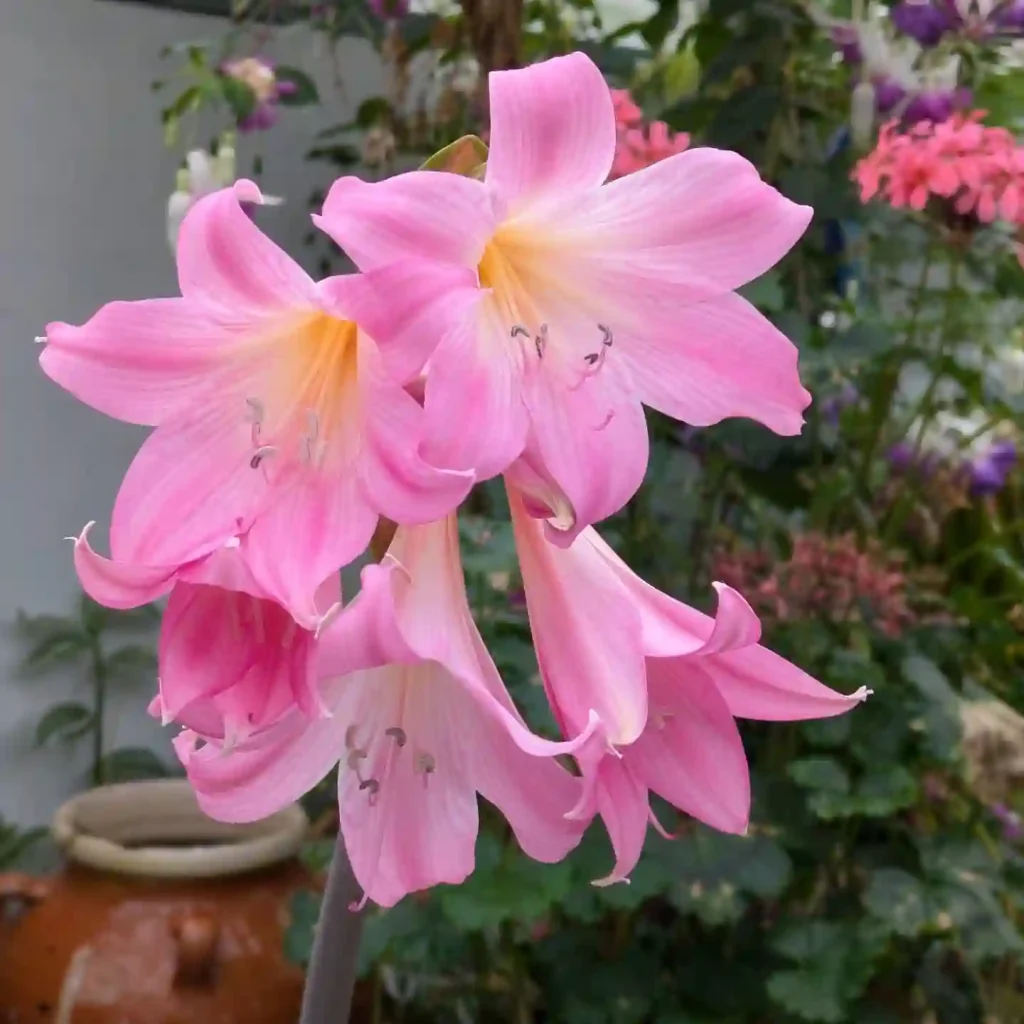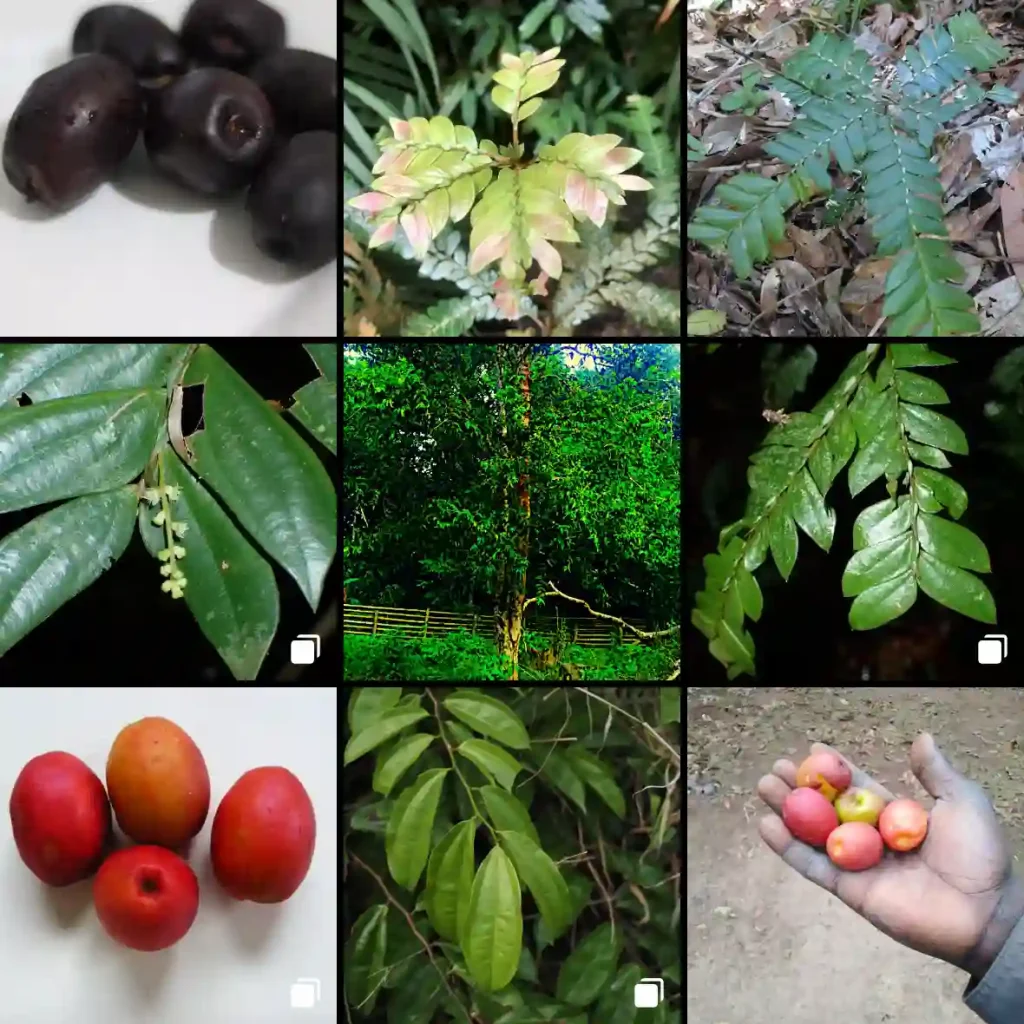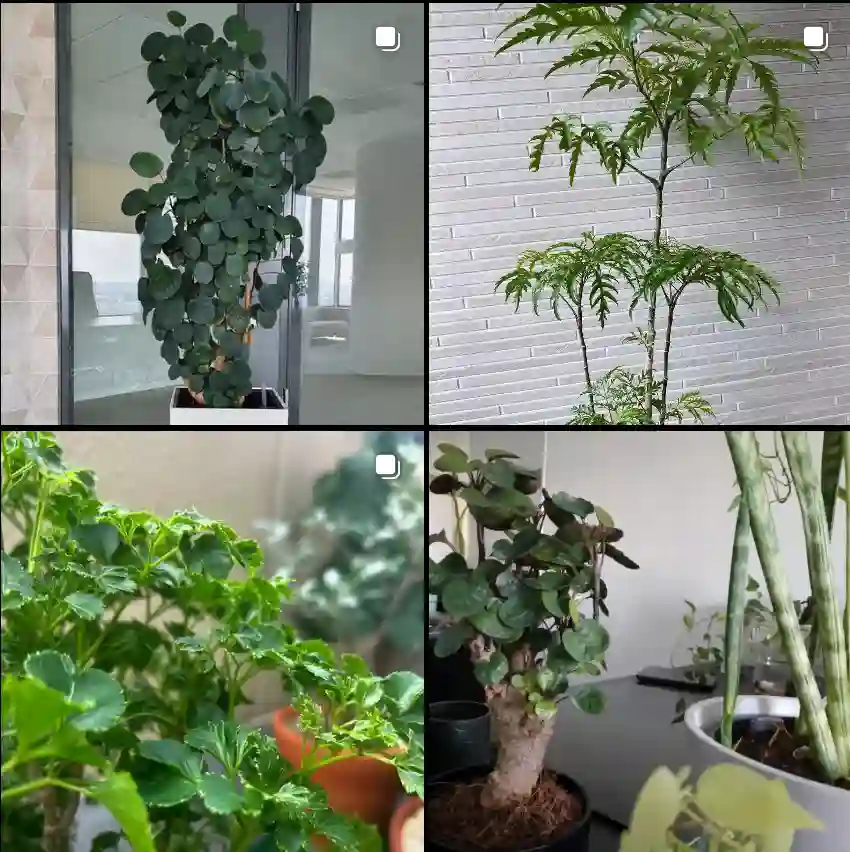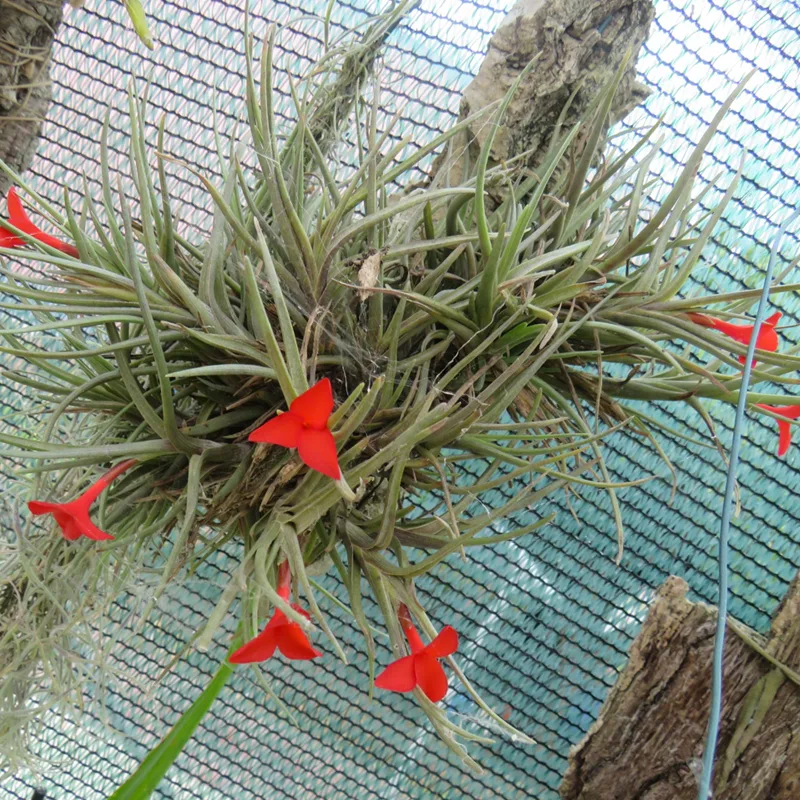
Exploring Adiantum Tenerum: A Delicate Beauty in the Plant World
As a dedicated plant enthusiast, I’ve spent countless hours exploring the fascinating world of ferns. One species that has captured my heart is Adiantum Tenerum, commonly known as the Maidenhair Fern. Its delicate, lace-like foliage and graceful appearance make it a captivating addition to any plant collection. In this article, I’ll delve into various aspects of this enchanting plant, addressing common questions and providing insights based on my experience.
244 Species in Genus Adiantum – Maidenhair Fern
What is Adiantum Tenerum?
Adiantum Tenerum is a species of fern native to tropical regions of the Americas. Known for its delicate, fan-shaped fronds, this fern thrives in humid environments with indirect light. The name “Maidenhair Fern” stems from its hair-like stems, which are thin, black, and wiry. These stems support the plant’s light green leaves, creating a striking contrast that enhances its ornamental appeal.
How to Care for Adiantum Tenerum?
Caring for Adiantum Tenerum requires attention to its specific needs, particularly in terms of humidity and light. Here are some key care tips:
- Humidity: This fern thrives in high humidity. If you live in a dry climate, consider using a humidity tray or placing a humidifier nearby. Regular misting can also help maintain the necessary moisture levels.
- Light: Adiantum Tenerum prefers indirect light. Direct sunlight can scorch its delicate fronds. A north-facing window or a spot with filtered light is ideal.
- Watering: Keep the soil consistently moist but not waterlogged. Allow the top inch of soil to dry out between waterings. Overwatering can lead to root rot, while underwatering can cause the fronds to turn brown and dry out.
- Temperature: This fern prefers temperatures between 60-75°F (15-24°C). Avoid placing it near drafts or heat sources, which can stress the plant.
How to Propagate Adiantum Tenerum?
Propagating Adiantum Tenerum is a rewarding process that allows you to expand your collection or share this lovely plant with friends. There are two primary methods of propagation:
- Division: The easiest way to propagate this fern is by division. Carefully remove the plant from its pot and gently separate the root ball into smaller sections, ensuring each section has healthy roots and fronds. Repot each division in fresh soil and water thoroughly.
- Spores: Propagation by spores is more challenging and time-consuming. Collect spores from mature fronds and sow them on a moist, sterile growing medium. Keep the medium consistently moist and in a humid environment. It may take several weeks or months for the spores to germinate and develop into new plants.
Is Adiantum Tenerum Safe for Box Turtles?
One common question among pet owners is whether Adiantum Tenerum is safe for box turtles. Based on my research and experience, Maidenhair Ferns are generally considered non-toxic to box turtles. However, it’s always wise to observe your pet and ensure it doesn’t show any adverse reactions if it comes into contact with the plant. Providing a diverse and balanced diet for your box turtle will minimize the risk of it nibbling on houseplants.
What to Plant with Adiantum Tenerum?
When considering companion plants for Adiantum Tenerum, it’s essential to choose species with similar care requirements. Some suitable companions include:
- Boston Fern (Nephrolepis exaltata): Another humidity-loving fern that pairs well with Maidenhair Ferns.
- Peperomia: These plants thrive in similar conditions and offer a variety of leaf shapes and colors to complement the delicate fronds of Adiantum Tenerum.
- Begonias: With their colorful foliage and preference for indirect light, begonias can add a vibrant touch to a fern display.
Conclusion
Adiantum Tenerum, with its ethereal beauty and graceful presence, is a delightful addition to any plant collection. By understanding its specific needs and providing the right care, you can enjoy the lush, delicate fronds of this Maidenhair Fern for years to come. Whether you’re propagating new plants, ensuring the safety of your pets, or selecting companion plants, the journey with Adiantum Tenerum is a rewarding and enriching experience.
If i die, water my plants!



